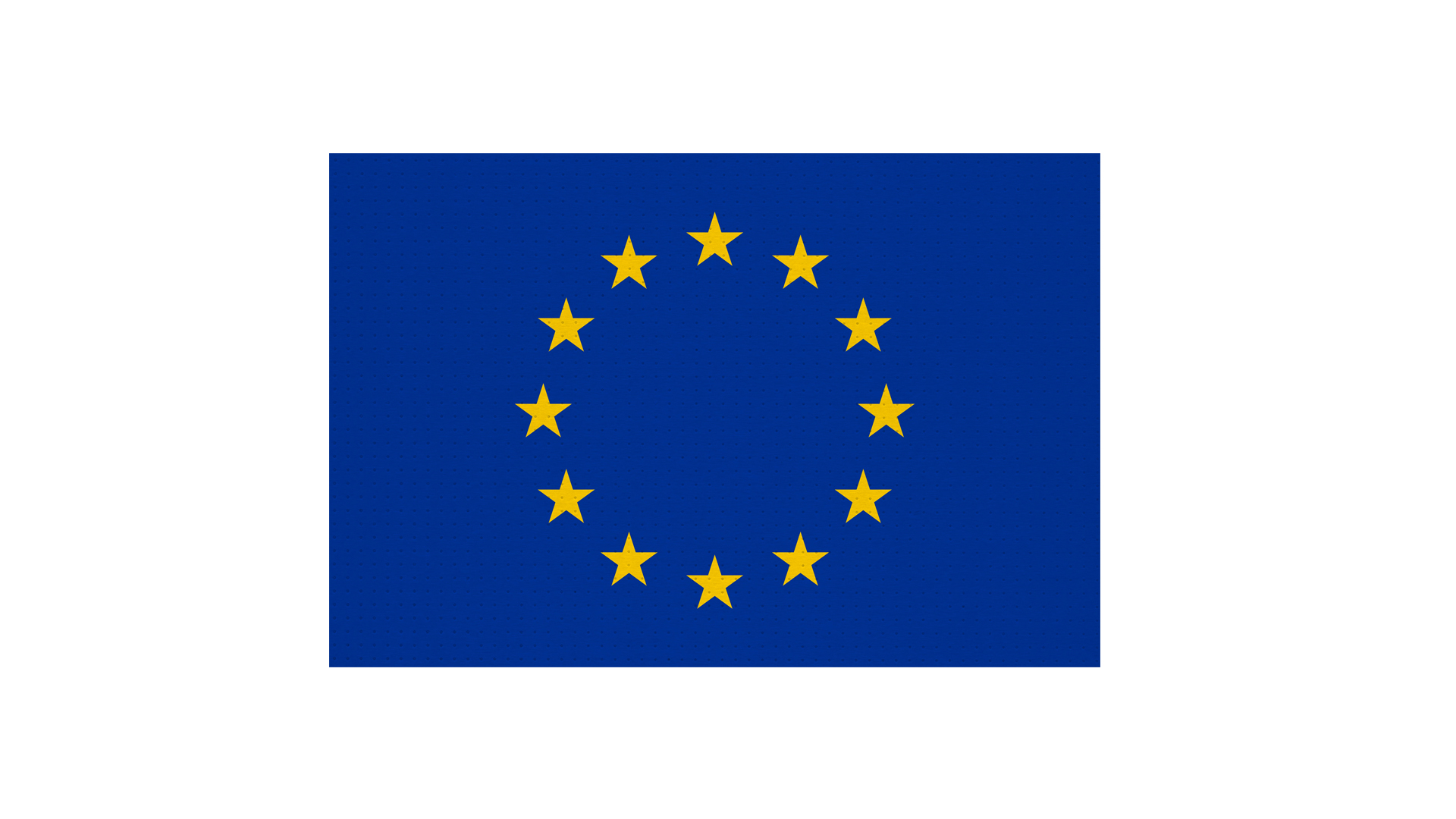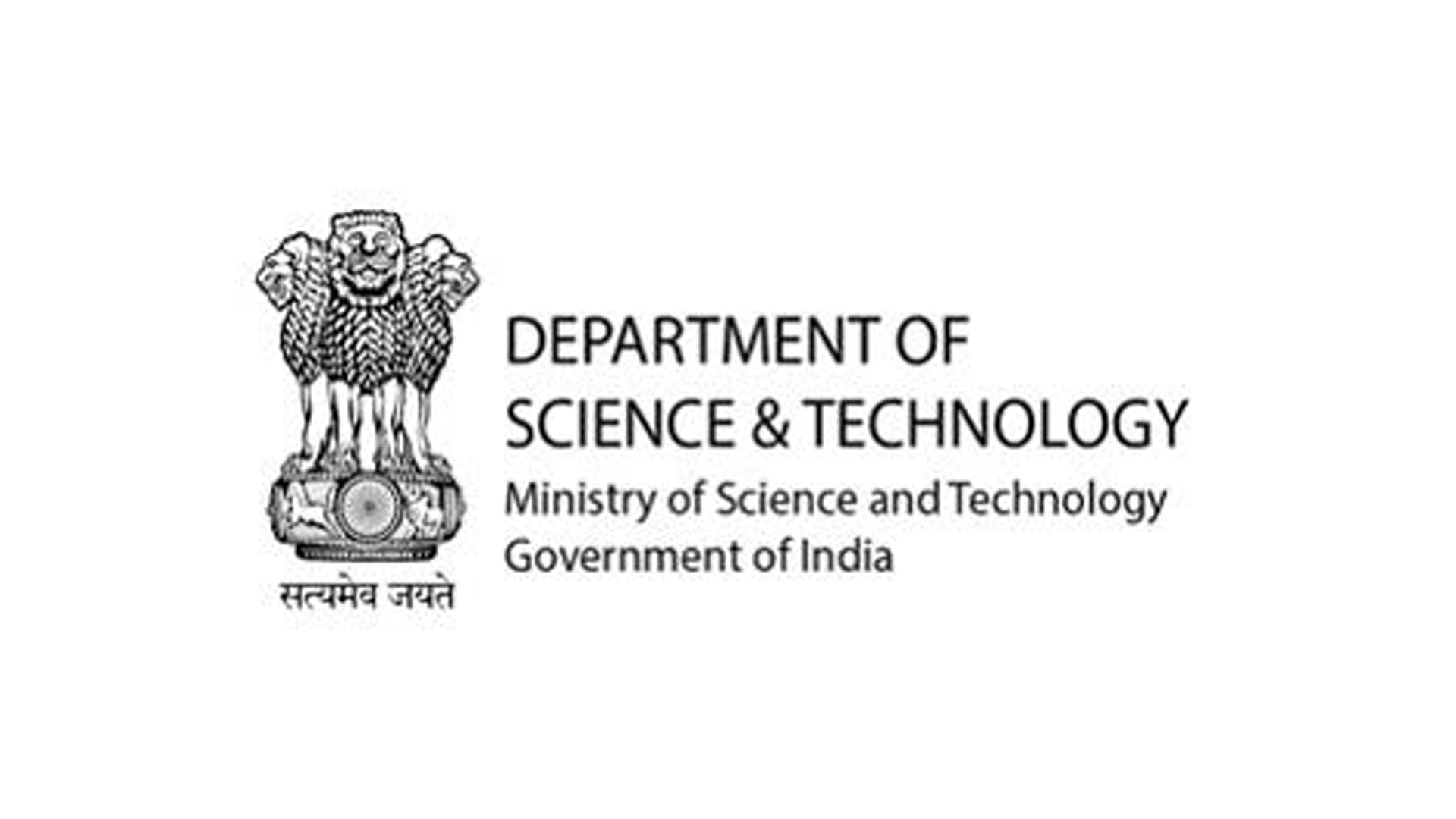SUSTENANCE: Sustainable energy systems for achieving carbon neutral energy communities
October 7, 2024
The SUSTENANCE project has developed smart technological solutions for local energy systems with energy efficient and integrated flexible solutions adapted and appreciated by the citizens.
One of the challenges associated with the green transition and the huge integration of renewables is the fact that the power production from renewables fluctuates according to the weather conditions, whereas the consumption is user- and application-dependent and normally not aligned with the fluctuating power generation. This creates a specific need to adapt energy consumption according to the production and ensure provision of flexibility to keep the energy system robust and stable.
Flexibility provision has two main purposes: to maintain the overall balance between production and consumption; and to use flexibility to prevent local grid congestions. These two aspects may contradict each other, since there could be local conditions preventing flexibility provision due to overloading of the local grid infrastructure (for example, too many electric cars connected to charge at the same time giving too high load at the lines), while the overall system needs power demand to keep the balance (electricity price is low to encourage the consumer to use electricity). In some cases, the energy system is operated as micro-grids, and here production and demand need to be even more well balanced locally, since this would be weak systems, where unbalance would immediately lead to frequency deviations and voltage fluctuations, leading to unstable systems.
Another challenge attached to today’s energy systems is that we need to engage citizens in the flexibility provision, as we also need flexibility provision from private households. The electrical consumption from private households should be co-ordinated to ensure their interest in being active consumers by making appropriate intensives/prices while at the same time ensuring their comfort in relation to their needs. The comfort aspect could, for instance, be related to controlling heat pumps to ensure appropriate temperatures in living rooms (heating or cooling) or ensuring the electrical car is fully charged at a certain time. The SUSTENANCE project was formed in response to these challenges.
The outcome of the SUSTENANCE project
The SUSTENANCE project is a groundbreaking initiative aimed at transforming sustainable energy systems locally by integrating various energy vectors and networks within local communities. This ambitious project focuses on maximising the use of renewable energy, enhancing energy efficiency, and promoting active citizen participation. The project’s impact spans across technical, socio-economic, and institutional domains, with demonstrators in Denmark, India, the Netherlands, and Poland showcasing innovative solutions.

Technical objectives and achievements
Holistic system framework
The SUSTENANCE project has developed a comprehensive framework for integrating energy vectors and networks. This framework includes energy flexibility classes and an extended profile steering approach, which optimises multiple energy vectors simultaneously. The framework aims to minimise energy import and export through distributed optimisation and robust algorithms that match energy locally using real-time measurements. This approach compensates for sudden fluctuations in renewable energy production and balances short- and long-term energy needs to avoid grid congestion and power quality issues.

Local demand response methods
In the Dutch demonstrator at the University of Twente, the Energy Management System (EMS) schedules and operates chargers to maximise the use of locally produced electricity. This has led to a significant increase in the use of locally sourced renewable energy, from 34% to 68%. In Denmark, 20 heat pumps with cloud-connected control units have been installed in private households. Several of these households also have photovoltaic (PV) installations and electric vehicles (EVs). The control system is designed to ensure maximum self-consumption and optimised control according to day-ahead prices, using forecasts and heating storage possibilities in the form of storage tanks and the thermal inertia of buildings.
Aggregation methods for economic scheduling
The flexibility of EV chargers at the University of Twente is aggregated to optimise energy consumption sustainably. Heat pumps with PCM storage tanks in Denmark are scheduled and controlled remotely, utilising storage capacity to time-shift consumption and optimise energy use based on weather forecasts.
Smart distributed control schemes
The open-source EMS DEMKit and the distributed IECON IoT framework is deployed at Dutch demonstrators, employing distributed control using ICT technologies to manage power electronics. Aalborg University has developed a DigSILENT Power Factory model for smart distributed control schemes, ensuring fail-safe operation during communication failures and forecasting errors. In Denmark, a website-based application from Neogrid monitors and controls the operation of heat pumps using different ICT technologies to communicate with the assets in the building. In the Netherlands, a user mobile application was distributed to the inhabitants to visualise their energy as well as to promote sustainable energy usage (Fig. 3).

Netherlands
Energy forecasting and smart EMS
Forecasting of PV energy production is employed in Dutch and Danish demonstrators, providing users with insights into the amount of available solar energy. This serves as input for energy management that maximises self-consumption, a figure that has doubled since the EMS implementation. Additional research is being carried out on probabilistic forecasts for robust optimisation under uncertain renewable energy production. Self-learning methods are deployed to provide users with useful default values for EV charging, boosting user acceptance. Forecasting CO2 emissions for the Dutch electricity mix further enhances citizens’ knowledge about sustainability.
Techno-economic value of integrated systems
In India, a prototype multi-utility heat pump has been developed for drying and cooling agricultural products. Analyses have been performed for dimensioning PV systems for water pumping and finding suitable sites for PV installation at the demonstration sites in India. Smart and flexible EV charging is deployed at all demonstration sites, and simulation models are developed in The Netherlands, Denmark, and India.
Socio-Economic and institutional objectives and achievements
Comprehensive framework for socio-economic conditions
A two-dimensional framework has been developed to characterise local sustainable energy systems based on their physical-technical and socio-regulatory attributes. It identifies obstacles to developing autarkic local integrated energy systems and provides solutions for each demonstrator site. The framework offers an overview of socio-economic, governance, and regulatory obstacles that hinder the development and operation of autarkic local integrated energy systems. For each of the six demonstration sites (one in Denmark, The Netherlands and Poland and three in India), an autarky signature has been developed, detailing the essential conditions for achieving socio-economic development and citizen engagement. This autarky signature can also be used to trace changes over time.
Social acceptability of demand control
Citizen surveys have been conducted to analyse factors influencing the social acceptability of autarkic energy systems. The project aims to improve social acceptability through organisational configurations that generate trust and citizen engagement. The underlying factors of social acceptability in broader communities were analysed through citizen surveys, and the project has analysed the specific social acceptability of demand control, flexibility options, and renewable energy choices within the demo and use cases.

energy prosumer on 15 July 2024, Gdansk
Organisational configuration and business models
Business models and ownership concepts are being developed for each demonstrator site. The role of individual and collective citizen actions is described, with support tools created to design these roles and configurations.
Impact of social innovations
The project evaluates the impact of socio-economic innovations on citizen engagement and the transition to local integrated energy systems. New organisational configurations are explored to match autarkic citizen-centered systems. The project looks into the impacts of socio-economic innovations, tools, and solutions developed to engage and motivate citizens and communities, ascertaining the socio-economic impacts in effecting the transition towards locally-integrated sustainable energy systems.

Replication of technical and social innovations
Roadmaps and guidelines for replicating technical and societal solutions are being developed. These models consider key outcomes and lessons from energy transition and socio-economic impacts, ensuring regional application. In each demonstration site, roadmaps and guidelines for replication of technical and societal solutions are being set up to ensure regional application of explored ideas. This includes establishing techno-economic models and solutions for decarbonising local communities that can be replicated in many local regions and are acceptable to local citizens.
Demonstrator-specific findings
Denmark
The Danish demonstrator focuses on integrating renewable electricity with heating systems in 20 households, replacing gas boilers. Smart control and energy management of PCM storage-based heat pumps are demonstrated, with the living lab of 20 households equipped with cloud-controllable heat pumps and PCM storage modules. In addition, charging of EVs at several houses is being tested.

India
Indian demonstrators involve three sites: Barubeda, Borakhai, and IIT Bombay. The goal is to develop community-based integrated sustainable energy systems for reliable, low-carbon energy supply. Activities include solar PV and wind turbines for water pumping, community-based solar PV-powered e-rickshaws, biogas-based cooking systems, and community cooling, heating, and drying systems for agriculture products. India has further made new charging systems for different kinds of EVs (two-,three- and four-wheelers) as well as a new drive-system for e-rickshaws, to ensure they have enough torque to climb the hills at the demonstration sites.
Netherlands
The Dutch demonstrator in Olst involves a living lab with 12 houses equipped with flexible appliances, storage options, PV generation, and an EV charging pole. The EMS maximises self-consumption of generated solar PV and wind, with concepts of islanding developed for different operational modes.
Poland
The Polish demonstrator in Sopot aims to establish a self-sufficient energy community for building blocks through smart, renewable-based multi-vector energy systems. Activities include integrated electricity-to-heat systems with solar PV/PVT, heat pumps, EV chargers, electricity storage, and smart utility metres.
Conclusion and impact
The SUSTENANCE project demonstrates significant impacts on local sustainable energy systems through innovative technical solutions, socio-economic frameworks, and active citizen participation. By integrating renewable energy sources and optimising energy use, the project paves the way for sustainable, self-sufficient communities. The lessons learned and models developed provide a roadmap for replicating these solutions in other regions, contributing to a greener and more resilient energy future. The impact is mainly focused in four main areas:

Decarbonisation and local economy
The project validates solutions for decarbonising local energy systems, ensuring positive impacts on the wider energy infrastructure, local economy, social aspects, and air quality. This is the case no matter if the buildup local energy area is a microgrid in India or is a grid-connected system in Europe. The main idea is to maximise self-consumption of locally produced energy by making intelligent energy control.
Citizen involvement and business models
Local citizens are actively involved in choosing solutions for their communities. Meetings and surveys gather citizen input, enhancing engagement and acceptance. Business models and governance structures are discussed, paving the way for energy communities.
Safe and secure operation
The project validates approaches for safely operating integrated local energy systems across energy vectors. Smart charging at the University of Twente, for instance, demonstrates faster EV charging during sunny days, with real-time co-ordination between charging stations, PV inverters, and batteries. But energy management systems are demonstrated at all six demonstration sites.
Replication and benchmarking
Benchmark models and tools for replicating technical and social innovations are being developed. These models ensure the regional application of explored ideas, with educational materials created for broader dissemination.

This project has received funding from the European Union’s Horizon 2020 research and innovation programme under grant agreement No 101022587, and the Department of Science and Technology (DST), Government of India under the SUSTENANCE project. Any results of this project reflect only this consortium’s view and the funding agencies, and the European Commission are not responsible for any use that may be made of the information it contains.


Please note, this article will also appear in the 20th edition of our quarterly publication.
Search
RECENT PRESS RELEASES
Related Post




